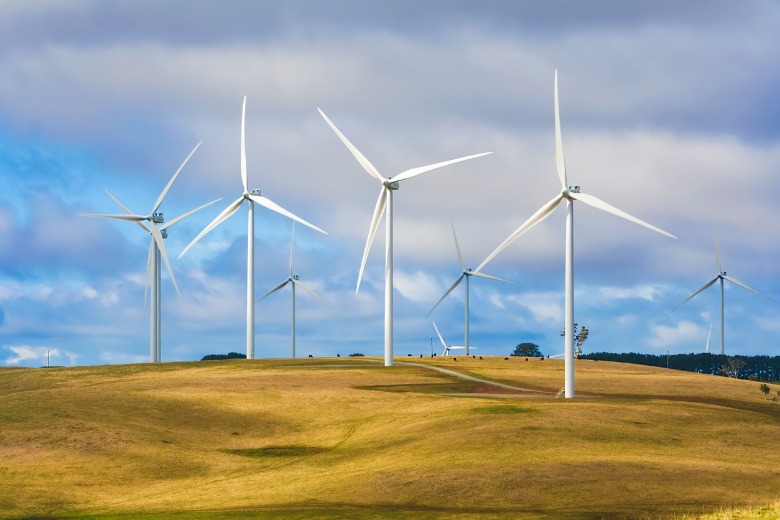
Former US President Donald Trump went viral in 2019 with a diatribe against wind farms, accusing them of “spewing gases into the air”, creating fumes and noise and even massacring bald eagles.

Most of what the former President said was of course nonsense but he did pick up on a common theme raised against wind turbines – they do produce noise, and this has been an increasing source of community complaints following the expansion of wind farms in Australia.
The noise, known technically as “amplitude modulation”, or AM, can take the form of a ‘swooshing’ or thumping noise that can be heard far as 3.5 km away.
Researcher Phuc Nguyen and a team from Flinders University are using advanced machine learning to better understand of the characteristics of wind turbine noise, as well as its effects on human health.
“Any renewable energy has two sides and they are never 100 per cent clean,” Mr Nguyen told Government News.
“The issue for wind energy is while we have very clean energy, we also have a noise problem.
We can use (our research) to improve wind turbine noise and wind turbine design and ultimately we’ll be able to make wind farms more acceptable to the wider community.
Phuc Nguyen
“It’s an ongoing debate and the reason for this is that we don’t have enough information related to wind farm noise and its effect on humans, so we are trying to get a scientific view on that debate.”
Noise higher at night
After the results of a pilot study were published 2019, Mr Nguyen spent a year analysing noise from three South Australian Wind farms located at Hallett, Hornsdale and Waterloo.
In research published in the journal Measurement, Mr Phuc reports that outdoor AM was up to five times higher at night time than during the day and more common during downwind and crosswind conditions.
“We found that the amount of amplitude modulation present during the daytime versus night-time varies substantially occurring two to five times more often during the night-time compared to the daytime,” Mr Nguyen said.
“The noise seems to worsen after sunset when amplitude modulation can be detected for up to 60 per cent of the night-time at distances around 1 km from a wind farm.
“At greater than 3 km, amplitude modulation also occurs for up to 30 per cent of the night-time.”
Better regulation and design
Mr Ngyuen says as well as better understanding the characteristics of wind farm noise, the methods developed by the researchers to investigate and analyse the AM data can potentially be used for compliance checking and help improve the regulation and design of wind farms.
“We can get information about how noise varies with the season, with the time of day, and that information is very useful to help us improve wind farm guidelines,” Mr Nguyen says.
“We can use it to improve wind turbine noise and wind turbine design and ultimately we’ll be able to make wind farms more acceptable to the wider community.”
Another part of the research, which simulates wind turbine noise in a sleep laboratory setting, aims to test whether wind turbine noise is simply an annoyance or is actually capable of impacting human health and wellbeing.
According to the Australian Renewable Energy Agency (ARENA), at the end of 2018 there were 94 wind farms across Australia, generating enough energy to meet 7.1 per cent of the nation’s total energy demand.
The cost of utility-scale wind energy in Australia is expected to continue falling, with new wind farms expected to deliver electricity at around $50-65/MWh in 2020 and below $50/MWh in 2030, ARENA says.
Comment below to have your say on this story.
If you have a news story or tip-off, get in touch at editorial@governmentnews.com.au.
Sign up to the Government News newsletter
One thought on “Researchers take on problem of wind farm noise”
Leave a comment:
Most read
Scathing report finds little has changed at PwC
Qld council welcomes progress on massive battery system
Inquiry to consider how federal govt can address councils’ sustainability issues
‘Local’ procurement turns out not to be so local, committee hears
Another report finds local government falling down on cyber security
This is great news and it is well and truly about time. Shame it could not happen prior to the construction of the existing wind farms.